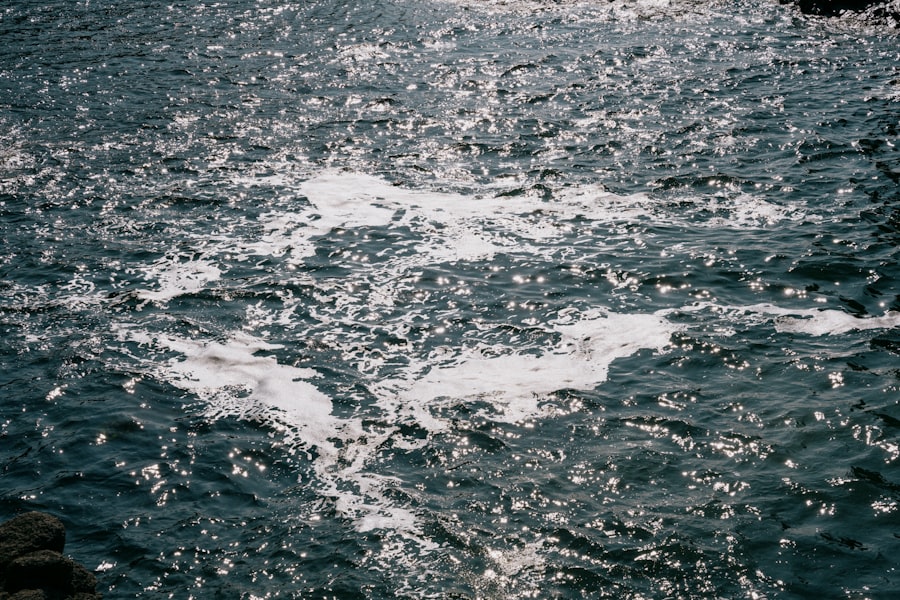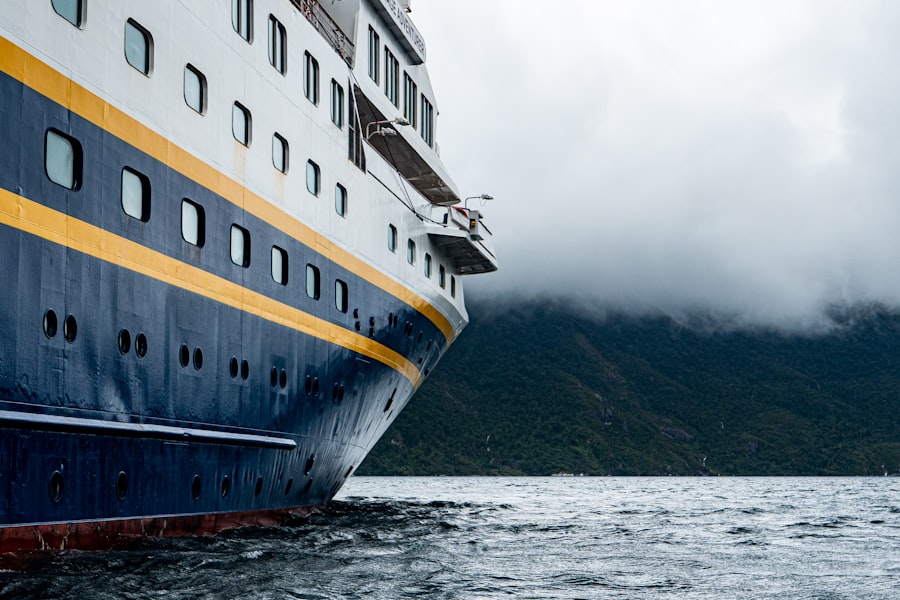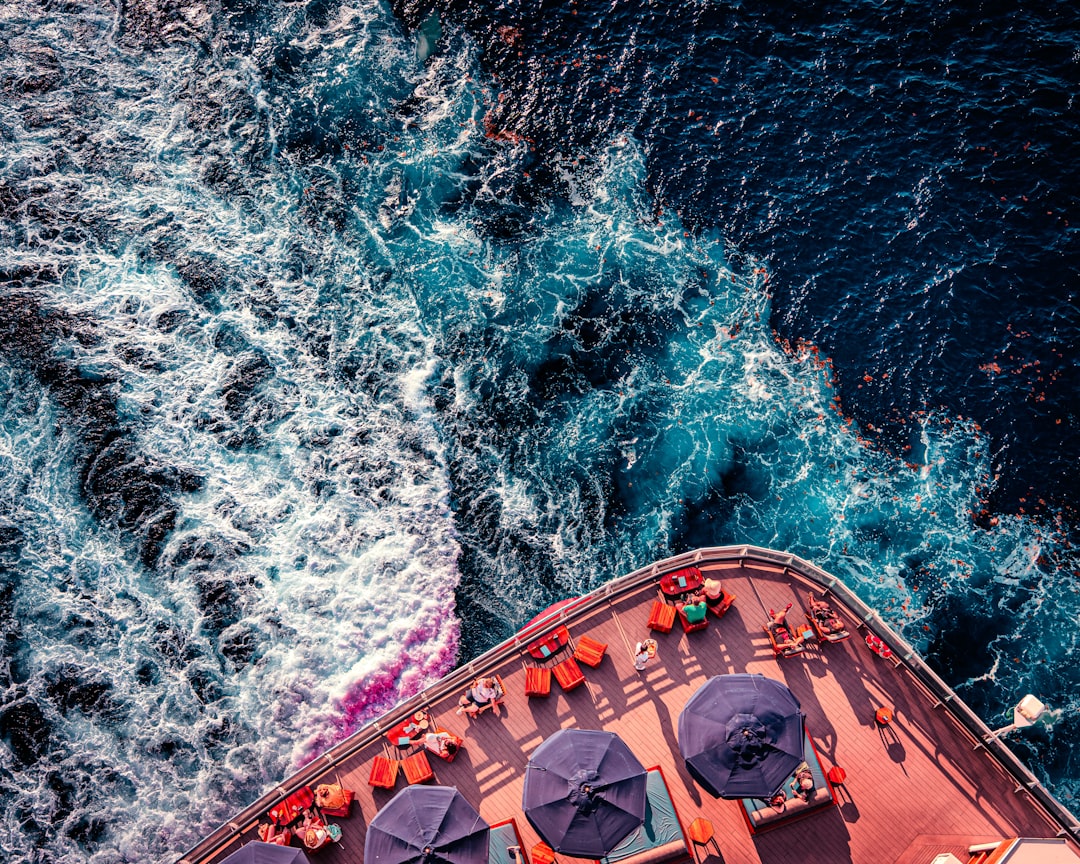The Drake Passage, often regarded as one of the most formidable stretches of water in the world, serves as the gateway to Antarctica. This body of water lies between the southern tip of South America and the Antarctic Peninsula, connecting the Atlantic and Pacific Oceans. Spanning approximately 600 miles, the passage is notorious for its unpredictable weather and turbulent seas, making it both a challenge and an adventure for those who dare to traverse it.
The passage is named after Sir Francis Drake, the English sea captain who navigated these waters in the late 16th century, and it has since become a rite of passage for many explorers and travelers seeking to experience the wonders of the Antarctic region. The significance of the Drake Passage extends beyond its geographical location; it is also a vital ecological zone. The waters are rich in nutrients, supporting a diverse array of marine life, including krill, which serves as a primary food source for many species of whales, seals, and seabirds.
For travelers, crossing the Drake Passage is not merely a means to reach Antarctica; it is an opportunity to witness the raw power of nature and the unique ecosystems that thrive in these frigid waters. Understanding the dynamics of this passage is essential for anyone planning a journey to the southernmost continent, as it sets the stage for the experiences that await.
Key Takeaways
- The Drake Passage is a challenging stretch of water that connects the Atlantic and Pacific Oceans, known for its unpredictable and rough seas.
- When choosing a cruise ship for navigating the Drake Passage, consider factors such as ship size, stabilizers, and experienced crew to ensure a smoother sailing experience.
- Packing essentials for a smooth sailing experience include motion sickness medication, layers of clothing for varying weather conditions, and waterproof gear.
- Tips for dealing with rough waters and cruise ship waves include staying hydrated, getting plenty of rest, and using handrails when moving around the ship.
- Safety precautions and emergency protocols for crossing the Drake Passage are crucial, including attending safety drills and familiarizing yourself with onboard safety procedures.
Choosing the Right Cruise Ship for Navigating the Drake Passage
Selecting the appropriate cruise ship for navigating the Drake Passage is crucial for ensuring a comfortable and enjoyable journey. Various cruise lines offer different types of vessels, each designed with specific features to cater to diverse traveler preferences. Some ships are equipped with ice-strengthened hulls, allowing them to safely navigate through icy waters, while others may prioritize luxury amenities and onboard experiences.
In addition to the ship’s design and amenities, it is essential to evaluate the crew’s expertise and experience in navigating the Drake Passage. A knowledgeable crew can make a significant difference in ensuring passenger safety and comfort during rough seas.
Many cruise lines provide detailed information about their vessels and crew qualifications, allowing travelers to make informed decisions. Ultimately, selecting the right cruise ship can enhance the overall experience of crossing the Drake Passage and set the tone for the adventures that lie ahead in Antarctica.
Packing Essentials for a Smooth Sailing Experience

Packing for a journey across the Drake Passage requires careful consideration of both comfort and practicality. Given the unpredictable weather conditions, travelers should prepare for a range of temperatures and conditions. Layering is key; lightweight thermal base layers, insulating mid-layers, and waterproof outer layers will help keep passengers warm and dry.
Additionally, sturdy waterproof boots are essential for disembarking onto wet or icy terrain upon arrival in Antarctica. Beyond clothing, travelers should also consider packing personal items that will enhance their experience. A good pair of binoculars can be invaluable for wildlife spotting during the crossing, while a high-quality camera will help capture breathtaking landscapes and moments at sea.
Seasickness medication is another essential item; even seasoned travelers can experience discomfort in rough waters. By packing thoughtfully, travelers can ensure they are well-prepared for their adventure across the Drake Passage.
Tips for Dealing with Rough Waters and Cruise Ship Waves
| Tip | Description |
|---|---|
| Choose a lower deck cabin | Lower decks tend to experience less movement during rough waters |
| Stay in the middle of the ship | Midship cabins experience less movement compared to cabins at the front or back of the ship |
| Use medication or sea bands | Consider using motion sickness medication or sea bands to alleviate symptoms |
| Avoid alcohol and heavy meals | Alcohol and heavy meals can exacerbate seasickness, so it’s best to avoid them |
| Focus on the horizon | Looking at the horizon can help reduce feelings of nausea and dizziness |
The Drake Passage is infamous for its choppy waters and unpredictable weather patterns, which can lead to rough sailing conditions. For many travelers, this can be a daunting prospect; however, there are several strategies to help manage discomfort during turbulent crossings. First and foremost, staying informed about weather conditions can help passengers mentally prepare for what lies ahead.
Cruise lines often provide updates on expected sea conditions, allowing travelers to brace themselves for potential rough patches. Another effective strategy is to choose accommodations wisely on board. Cabins located in the middle of the ship tend to experience less motion than those at the bow or stern.
Additionally, maintaining a low center of gravity by staying seated or lying down can help mitigate feelings of seasickness. Engaging in light activities or focusing on breathing techniques can also be beneficial. By employing these tips, travelers can navigate the challenges of rough waters with greater ease.
Safety Precautions and Emergency Protocols for Crossing the Drake Passage
Safety is paramount when crossing the Drake Passage, given its reputation for unpredictable conditions. Cruise lines prioritize passenger safety by implementing rigorous protocols and training their crew members in emergency procedures. Before embarking on their journey, travelers should familiarize themselves with safety briefings provided by the crew.
In addition to understanding onboard safety measures, travelers should also be aware of their surroundings during the crossing. Keeping personal belongings secure and being mindful of movement within the ship can prevent accidents during rough seas.
It is advisable to remain calm and follow crew instructions in case of emergencies. By prioritizing safety and being prepared for unexpected situations, travelers can enjoy their journey across the Drake Passage with confidence.
Navigating the Drake Passage: What to Expect Onboard

Traveling across the Drake Passage offers a unique onboard experience that combines adventure with comfort. As passengers embark on their journey, they can expect a range of amenities designed to enhance their time at sea. Many cruise ships feature spacious lounges with panoramic views, allowing travelers to take in the stunning scenery while enjoying refreshments.
Dining options often include gourmet meals prepared by skilled chefs, providing an opportunity to savor local flavors. In addition to dining and relaxation areas, many vessels offer educational programs led by expert naturalists and scientists who share insights about the region’s ecology and wildlife. Passengers can participate in lectures or workshops that deepen their understanding of Antarctica’s unique environment.
This combination of comfort and education creates an enriching atmosphere onboard as travelers prepare for their arrival in one of the most remote places on Earth.
Activities and Entertainment Options During the Crossing
While crossing the Drake Passage may take several days, there are plenty of activities and entertainment options available to keep passengers engaged throughout their journey. Many cruise lines offer a variety of onboard programs designed to cater to different interests. From art classes to photography workshops, travelers can immerse themselves in creative pursuits while at sea.
Additionally, social events such as trivia nights or themed parties provide opportunities for passengers to connect with one another and share their excitement about the upcoming adventure in Antarctica. Evening entertainment may include film screenings or live performances featuring local musicians or cultural presentations that highlight the region’s history and significance. With such a diverse array of activities available, travelers are sure to find ways to make their time crossing the Drake Passage enjoyable and memorable.
Wildlife Spotting: Making the Most of the Drake Passage Experience
One of the most thrilling aspects of crossing the Drake Passage is the opportunity for wildlife spotting. The waters are teeming with marine life, including various species of whales such as humpbacks and orcas, as well as seals and seabirds like albatrosses and petrels. Travelers should remain vigilant during their journey; sightings can occur at any moment, often providing unforgettable moments that enhance their overall experience.
To maximize wildlife spotting opportunities, passengers are encouraged to participate in guided excursions led by knowledgeable naturalists onboard. These experts can provide valuable insights into animal behavior and migration patterns while helping passengers identify different species through binoculars or spotting scopes. By taking advantage of these resources, travelers can deepen their appreciation for the rich biodiversity that thrives in these waters.
Staying Comfortable and Healthy During the Crossing
Maintaining comfort and health during a crossing of the Drake Passage is essential for an enjoyable experience. As previously mentioned, packing appropriate clothing is crucial; however, staying hydrated and nourished is equally important. Cruise ships typically offer a variety of dining options that cater to different dietary needs, allowing passengers to enjoy balanced meals throughout their journey.
In addition to proper nutrition, engaging in light physical activity can help combat feelings of lethargy that may arise during long periods at sea. Many ships feature fitness facilities or offer yoga classes that allow passengers to stretch and stay active while enjoying breathtaking ocean views. Prioritizing self-care during this time will contribute significantly to overall well-being as travelers navigate this remarkable passage.
Expert Advice: Insights from Seasoned Travelers and Crew Members
Insights from seasoned travelers and crew members can provide invaluable guidance for those preparing to cross the Drake Passage. Experienced travelers often emphasize the importance of flexibility; weather conditions can change rapidly, so maintaining an adaptable mindset will enhance enjoyment during unexpected situations. They also recommend engaging with fellow passengers and crew members to share experiences and tips throughout the journey.
Crew members frequently highlight their training in handling various scenarios that may arise during crossings. Their expertise ensures that safety protocols are followed diligently while providing passengers with reassurance during rough waters. Listening to their advice on how best to navigate challenges can empower travelers to feel more confident as they embark on this adventure.
Making the Most of Your Time in Antarctica: Preparing for Arrival
As travelers approach Antarctica after crossing the Drake Passage, excitement builds for what lies ahead. Preparation is key to making the most of this once-in-a-lifetime experience. Researching potential landing sites and activities available upon arrival will help travelers prioritize their interests—whether it be wildlife photography, hiking on glaciers, or simply soaking in breathtaking landscapes.
Additionally, understanding environmental guidelines set forth by organizations like IAATO (International Association of Antarctica Tour Operators) will ensure that visitors respect this fragile ecosystem during their time on land. By being well-prepared and informed about what awaits them in Antarctica, travelers can fully embrace this extraordinary destination while leaving a minimal footprint on its pristine environment. In conclusion, crossing the Drake Passage is not just a means to reach Antarctica; it is an integral part of an unforgettable journey filled with adventure, learning opportunities, and breathtaking natural beauty.
By understanding what to expect during this crossing—from choosing the right cruise ship to preparing for wildlife encounters—travelers can ensure they make lasting memories as they embark on this remarkable expedition into one of Earth’s last frontiers.
The Drake Passage is notorious for its turbulent waters, often challenging even the most seasoned sailors. Cruise ships navigating this treacherous stretch must contend with massive waves and unpredictable weather conditions. An interesting article that delves into the dynamics of cruise ship waves in the Drake Passage can be found on MyGeoQuest. This piece explores the unique challenges faced by vessels in this region and the strategies employed to ensure safe passage. For more insights, you can read the full article by visiting MyGeoQuest’s sample page.
WATCH HERE: Drake Passage: Earth’s Deadliest Waters Revealed
FAQs
What is the Drake Passage?
The Drake Passage is the body of water between the southern tip of South America and the northern tip of the Antarctic Peninsula. It is known for its rough seas and challenging sailing conditions.
What are cruise ship waves in the Drake Passage like?
Cruise ship waves in the Drake Passage can be quite large and rough due to the strong winds and currents in the area. The waves can reach heights of 30 feet or more, making it a challenging experience for passengers and crew.
How do cruise ships navigate the waves in the Drake Passage?
Cruise ships navigate the waves in the Drake Passage by using advanced stabilization technology and following carefully planned routes to minimize the impact of the rough seas. Captains and crew are also highly experienced in sailing through these challenging conditions.
Are there any safety concerns for passengers during cruise ship waves in the Drake Passage?
While cruise ship waves in the Drake Passage can be intense, modern cruise ships are built to withstand rough seas and are equipped with safety features to ensure the well-being of passengers and crew. It is important for passengers to follow safety instructions and guidelines provided by the cruise line.
What can passengers expect during a cruise through the Drake Passage?
Passengers can expect a thrilling and adventurous experience during a cruise through the Drake Passage. They may encounter large waves, strong winds, and the opportunity to see diverse marine wildlife and stunning landscapes. It is a unique and unforgettable part of the journey to Antarctica.
